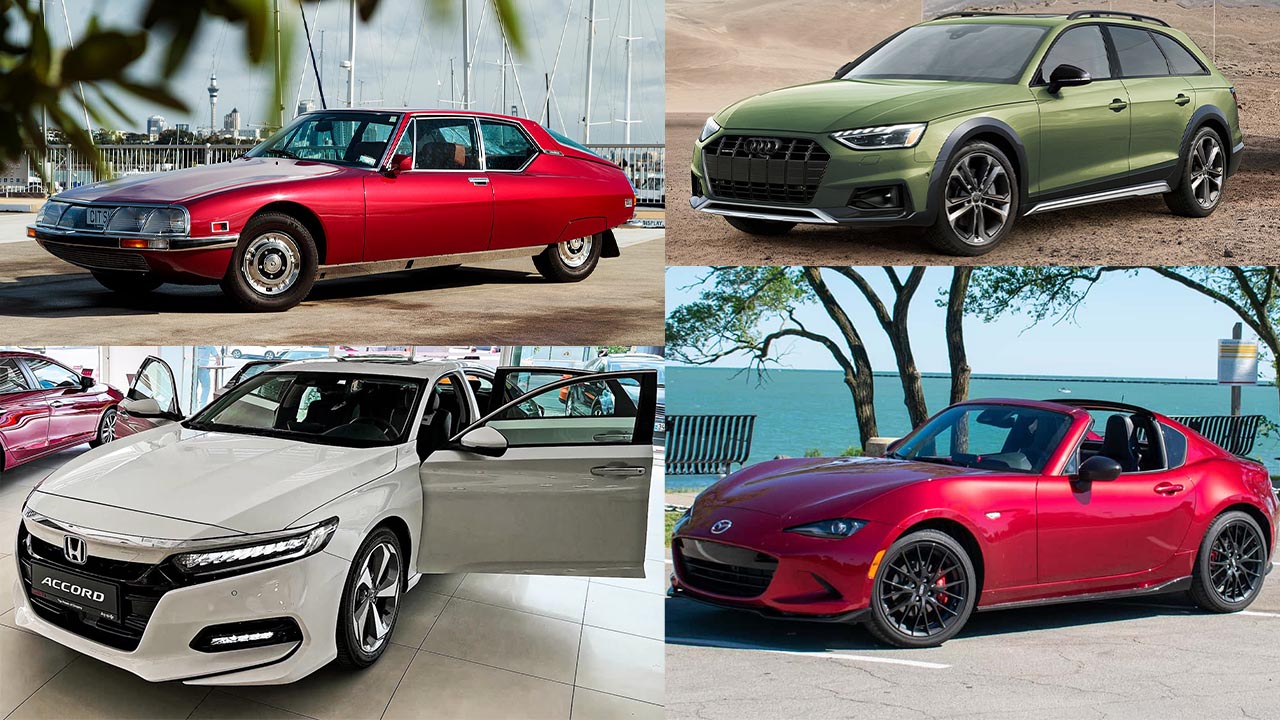If you’re considering a career as a mechanic, it’s likely that you’ll spend a great deal of time working on a wide range of vehicles.
As automotive technology continues to evolve, the tools and techniques that mechanics need to master are becoming more intricate and advanced particularly when servicing newer models.
That said, some vehicles remain relatively straightforward to repair, even with the ongoing technological progress in the auto industry.
If you’re planning to enter the mechanic profession, here’s how you can identify vehicles that are easier to work on, along with a few examples that can make your job less complicated.
It’s clear that not all vehicles are created equal when it comes to repairs some are simply more complex than others. But what actually determines whether a repair is going to be simple or challenging? Several key factors come into play.
One major factor is how accessible the vehicle’s parts are. When a vehicle has been around for a long time and is relatively popular, sourcing replacement parts is typically much easier.
In contrast, if the vehicle is a rare model or had a limited production run, tracking down the correct parts can be much more difficult and may significantly extend the repair time.
Another important consideration is the size and layout of the vehicle. Larger vehicles tend to provide more room under the hood, making it easier for mechanics to reach damaged areas or remove parts that need to be replaced.
On the other hand, smaller vehicles can pose a challenge, as limited space may require more time and effort to access the necessary components something that those with auto mechanic training will need to prepare for.
Below is a list of 5 vehicles that tend to be relatively easy to repair once you begin your journey as a mechanic:
1. Toyota Tacoma
The Toyota Tacoma is considered easy to repair thanks to its straightforward design and the fact that it has been manufactured for more than 40 years with minimal alterations to its core structure.
On top of that, these trucks offer ample space under the hood, making it easier for mechanics to carry out repairs.
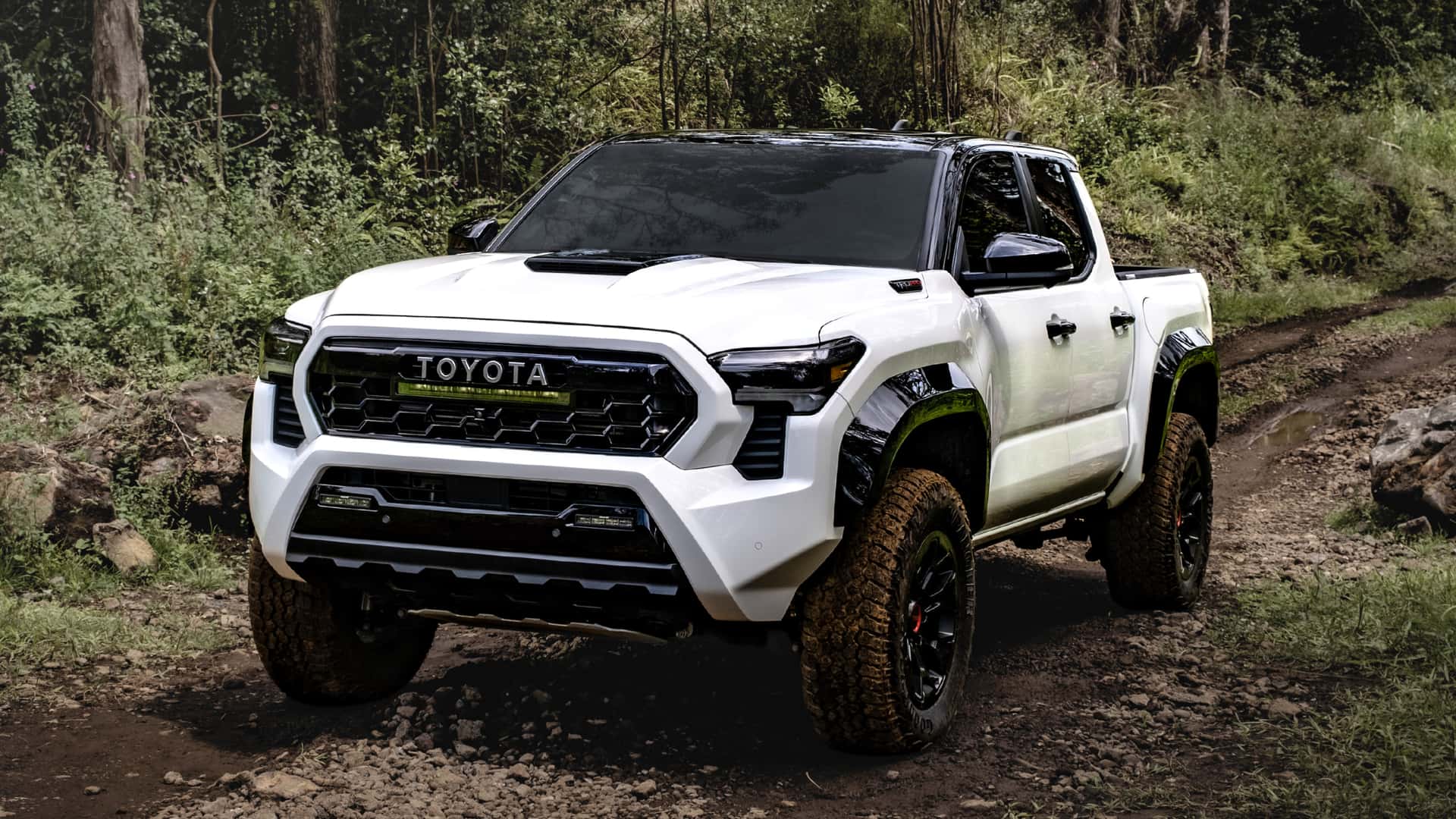
The Tacoma offers a variety of engine options to suit different needs. The base model typically comes with a 2.7-liter 4-cylinder engine, which provides adequate power for everyday driving and light hauling.
However, for those who need more muscle, Toyota also offers a more powerful 3.5-liter V6 engine, which delivers much more towing capacity and off-road ability.
Both engines are paired with either a 6-speed manual transmission or an automatic transmission, with available rear-wheel drive (RWD) or four-wheel drive (4WD) depending on the model and trim.
The V6-powered Tacoma is especially popular among off-road enthusiasts, thanks to its strong towing capacity and its impressive TRD Off-Road and TRD Pro trims.
These trims come equipped with upgraded suspension, off-road tires, and advanced traction control systems to handle rough trails, rocks, and mud with ease. The TRD Pro trim is the ultimate off-road model, featuring Fox shocks, a skid plate, and other enhancements designed to conquer the toughest landscapes.
2. Honda Accord
When designing the Accord, Honda focused on creating a vehicle with accessible components, which has made it one of the easiest cars for mechanics to repair.
The engine layout and spacing provide a clear view of the internal parts, helping professionals perform repairs in a more efficient and straightforward manner.

The 2025 Accord’s exterior features a more sleek and modern look, with sharp lines, a wide stance, and a bold front grille.
The design is sophisticated yet sporty, giving the car a dynamic presence on the road. The overall look is more refined compared to previous models, with a streamlined shape that enhances both aerodynamics and visual appeal.
The 2025 Honda Accord starts around $28,000 for the base trim with the 1.5L turbocharged engine. Higher trims like the Sport Special Edition, EX-L, and Sport Touring can push the price closer to $35,000 and beyond.
The Hybrid models typically start around $30,000, and they can go up to around $38,000 for the fully loaded Sport Touring trim.
3. Jeep Wrangler
Jeep Wranglers are popular among mechanics because of their well-organized layout and easily accessible internal parts.
As a vehicle built with off-roading in mind, the Wrangler is intentionally designed so that drivers can handle emergency repairs on their own, which in turn makes the repair process straightforward for those who have completed automotive school.
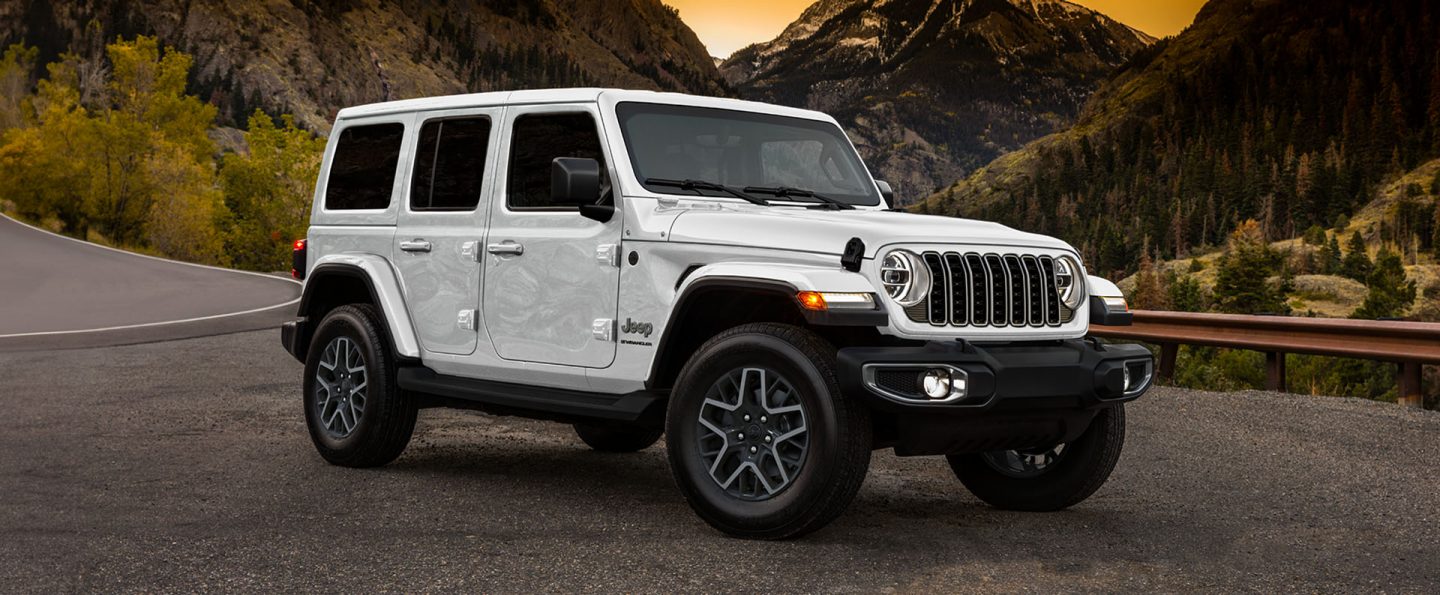
The 2025 Jeep Wrangler continues to offer a variety of engine options to suit different driving needs, ranging from daily commuters to off-road warriors.
The base engine is a 3.6-liter V6 that delivers 285 horsepower and 260 lb-ft of torque, making it a solid choice for everyday driving and moderate off-roading. This engine can be paired with a 6-speed manual transmission or an 8-speed automatic, with either 4-wheel drive (4WD) or all-wheel drive (AWD) available.
For those looking for more power, the Wrangler also offers an available 2.0-liter turbocharged four-cylinder engine, producing 270 horsepower and 295 lb-ft of torque, providing an excellent balance of power and fuel economy.
There’s also the option of a 3.0-liter EcoDiesel V6, which produces 260 horsepower and 442 lb-ft of torque, ideal for those who need strong towing capacity and enhanced off-road performance.
In addition to these conventional engine options, Jeep offers the Wrangler 4xe, a plug-in hybrid version that combines a 2.0-liter turbocharged engine with an electric motor for a combined 375 horsepower and 470 lb-ft of torque.
The 4xe offers impressive fuel efficiency and allows for electric-only driving for short distances, making it a great choice for eco-conscious buyers.
Where the Jeep Wrangler truly shines is in its off-road capabilities. The Wrangler has been engineered to tackle the toughest terrains, from rock crawling to mudding to sand dunes.
With solid axles, high ground clearance, and aggressive tires, the Wrangler is built for adventure. The availability of 4WD systems, including the more advanced Rock-Trac 4WD system in the Rubicon trim, ensures that the Wrangler can handle even the most challenging obstacles.
Also Read: 10 Cars Best Suited for Mountain Driving in the Rockies
4. Mazda Miata
The Mazda Miata stands out as a sports car that has remained close to its original design, even in newer models. Its straightforward construction and mostly manual components make it easy for most mechanics to carry out repairs without encountering too much complexity.

The Mazda Miata, also known as the Mazda MX-5, is a legendary small sports car renowned for its lightweight design, agile handling, and pure driving experience. Since its introduction in 1989, the Miata has built a cult following, becoming one of the most popular and beloved roadsters in the world.
Known for its simplicity, affordability, and fun-to-drive nature, the Miata has carved out a niche as the quintessential driver’s car for those who appreciate an engaging, no-frills sports car experience.
The 2025 Mazda Miata continues to offer a light, nimble driving experience thanks to its small size and low weight. The Miata is powered by a 2.0-liter 4-cylinder engine, producing around 181 horsepower and 151 lb-ft of torque.
This engine delivers a perfect balance of power to weight, providing plenty of acceleration without overwhelming the car. Paired with either a 6-speed manual transmission (which is the enthusiast’s choice) or a 6-speed automatic, the Miata offers a lively, responsive driving experience.
The Miata’s performance isn’t about raw horsepower but rather about precision and balance. Its lightweight chassis, rear-wheel drive layout, and perfect 50/50 weight distribution make it one of the most agile and fun-to-drive cars on the market.
Whether you’re carving up twisty backroads or zipping through city streets, the Miata feels nimble and connected to the road, delivering an exhilarating driving experience that few cars can match at this price point.
5. Toyota Corolla
The Toyota Corolla is a well-known classic that usually doesn’t present many challenges for mechanics, largely because its widespread popularity ensures that replacement parts are easy to find.
On top of that, Corollas feature a timing chain rather than a belt, along with a basic four-speed automatic transmission instead of more complex six- or eight-speed systems, which can be harder to repair.
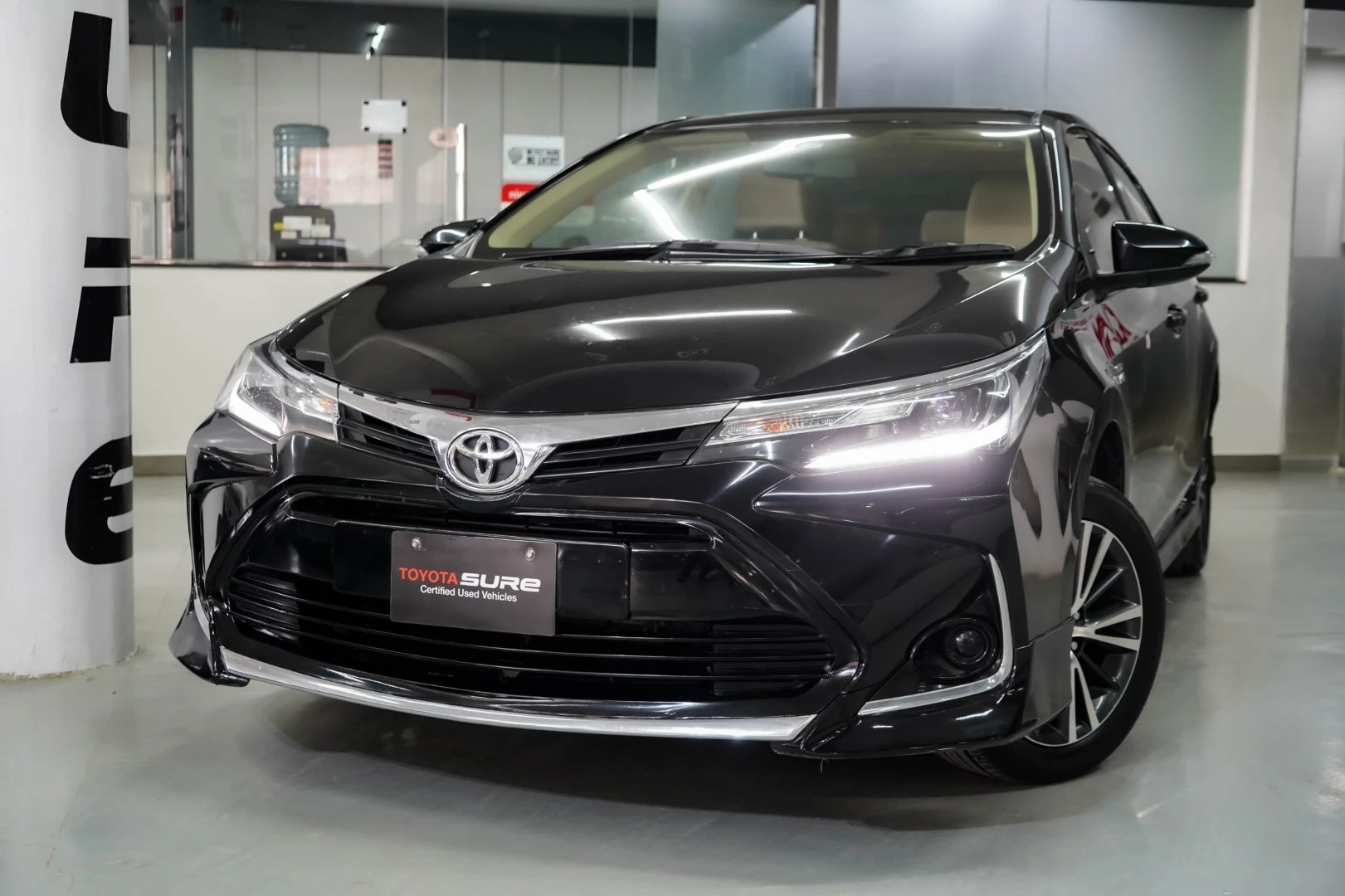
The Toyota Corolla is known for its comfortable, stable ride and easy handling. The car’s suspension is tuned for comfort rather than sportiness, offering a smooth and pleasant driving experience, whether you’re on long highway trips or just commuting around the city.
The steering is light and responsive, making the Corolla easy to maneuver, especially in tight spaces or crowded city streets. While the Corolla’s handling isn’t particularly sporty or exciting, it excels at providing a relaxed and composed ride.
The interior of the 2025 Corolla offers a simple and clean layout, with materials that are mostly functional and durable. While it’s not as luxurious as some competitors, the cabin is comfortable, and the seats provide good support for short to medium trips.
Higher trims like the SE and XSE offer sportier touches, with upgraded materials and additional features.
The infotainment system in the Corolla has received a significant upgrade in recent years. It features a 7-inch or 8-inch touchscreen (depending on the trim), and the system includes Apple CarPlay, Android Auto, and Amazon Alexa integration. Bluetooth, Wi-Fi connectivity, and voice recognition are available, and the system is intuitive to use.
The Corolla also offers an optional premium sound system for those who want better audio quality.
In terms of cargo space, the Corolla offers a decent trunk for a compact sedan, with up to 13.1 cubic feet of space, which is on par with competitors in its class. The rear seats offer enough space for adult passengers, though legroom can be tight for taller individuals.
Cars That Are a Mechanic’s Nightmare
The search for an affordable car that’s genuinely enjoyable to drive can quickly become a frustrating journey.
With hidden damage, worn-out parts, and sellers who are fully aware of their vehicle’s value, finding the right car that promises a fun driving experience can often feel like an uphill struggle.
Even if you manage to find a pristine example, most used cars will inevitably need at least some mechanical work to keep them running smoothly.
A key consideration for enthusiasts seeking a fun project car is whether you’re prepared to handle repairs yourself, and how challenging that work might be.
Even if you have a reliable mechanic, the cost of labor can escalate quickly, making cars with inconvenient designs not only a hassle to repair but also a strain on your wallet and your mechanic’s time.
While many cars might seem like they would avoid these issues, automotive mechanical engineering can be an unforgiving field, and the reality of working on certain cars can soon become a frustrating and discouraging experience.
So, keep reading to discover 5 cheap and fun cars that, while enjoyable to drive, can be a massive headache when it comes to mechanical work:
1. Citroen SM
Although not as inexpensive as some of the other cars on this list, the Citroen SM offers an unmatched vintage driving experience that stands apart from anything else on the road and can still be found for under $7,000.
However, while many vintage cars are relatively simple to restore due to their straightforward mechanical design, the Citroen SM will offer an unending series of challenges if you attempt to restore one.
Just take a look at the engine bay no matter how thrilling it may be to cruise in a vintage French masterpiece, it’s not worth the frustration.
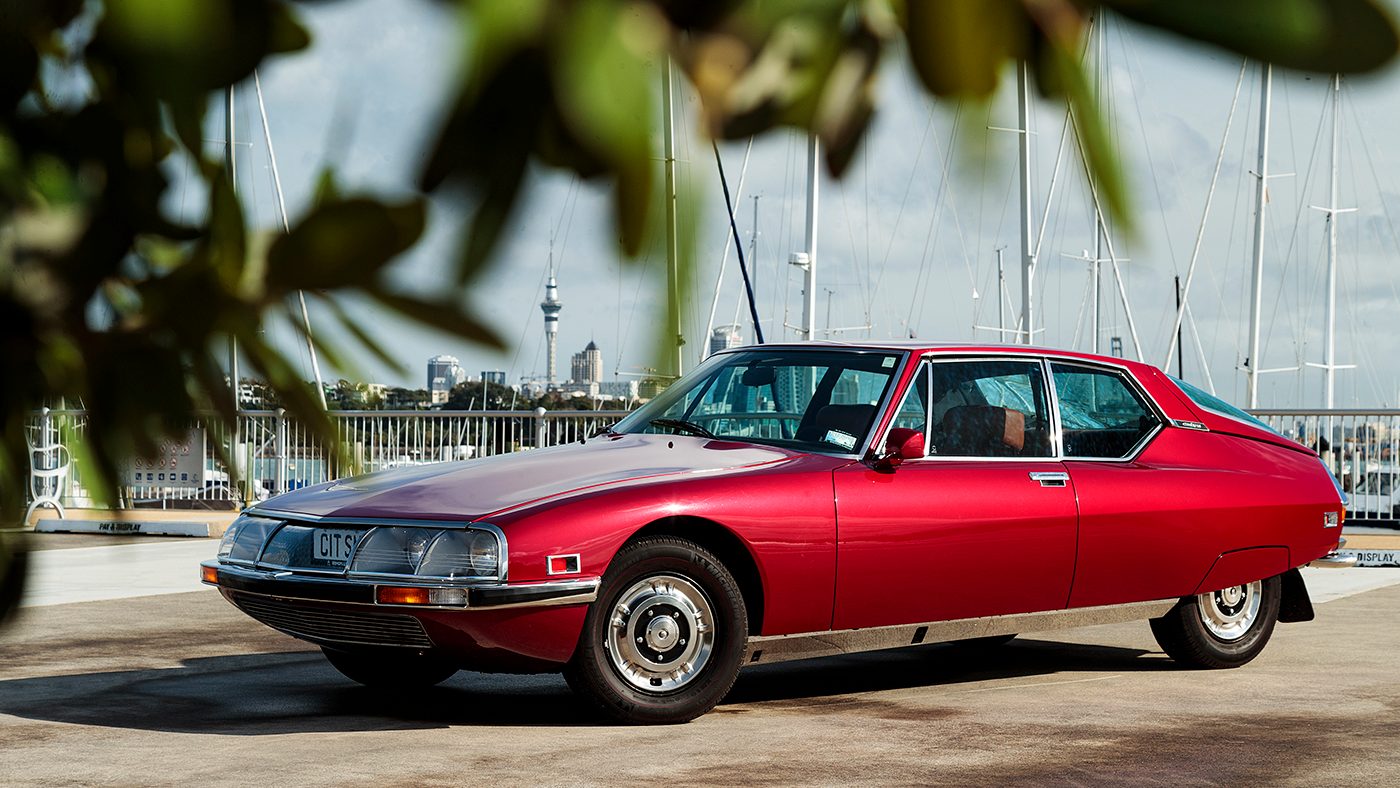
Under the hood, the Citroën SM featured a 3.0-liter V6 engine, developed in collaboration with Maserati, a name well-known for producing high-performance engines.
This V6 engine was paired with a 5-speed manual transmission, and in some versions, it was coupled with an automatic transmission. The engine produced about 170 horsepower, which at the time was substantial power for a car of its size and weight.
The performance of the SM was impressive for a car that prioritized both luxury and technology. The SM could accelerate from 0 to 60 mph in just under 8 seconds, which was quite fast for its era.
The car also had a top speed of around 140 mph, making it a genuine high-performance vehicle in addition to its luxury credentials. The handling was sharp, thanks to its hydropneumatic suspension system, which provided a level of comfort and control that was unparalleled in its time.
One of the most innovative aspects of the Citroën SM was its hydropneumatic suspension system, which was a feature unique to Citroën at the time. This system used a combination of hydraulic fluid and compressed air to adjust the car’s ride height, allowing for an incredibly smooth and adaptable ride.
The suspension not only offered a level of comfort typically associated with larger luxury sedans but also allowed for exceptional handling and road grip, making the SM surprisingly agile in corners for a car of its size.
The hydropneumatic system also gave the SM self-leveling capabilities, adjusting the car’s height based on load, which helped maintain consistent ride quality regardless of the road conditions. This system would go on to be a hallmark of Citroën’s innovation in vehicle engineering, influencing future models from the brand.
2. Mini Cooper S (R53)
A charming little hatchback with a retro feel, an affordable price when purchased used, and a supercharger, it’s easy to understand why this generation of the Mini is so appealing.
However, the allure quickly diminishes when it comes to maintenance, as many repairs require the removal of the entire front end of the car.
Additionally, as the vehicle ages, these maintenance tasks become more frequent unless a strict maintenance schedule is diligently followed.
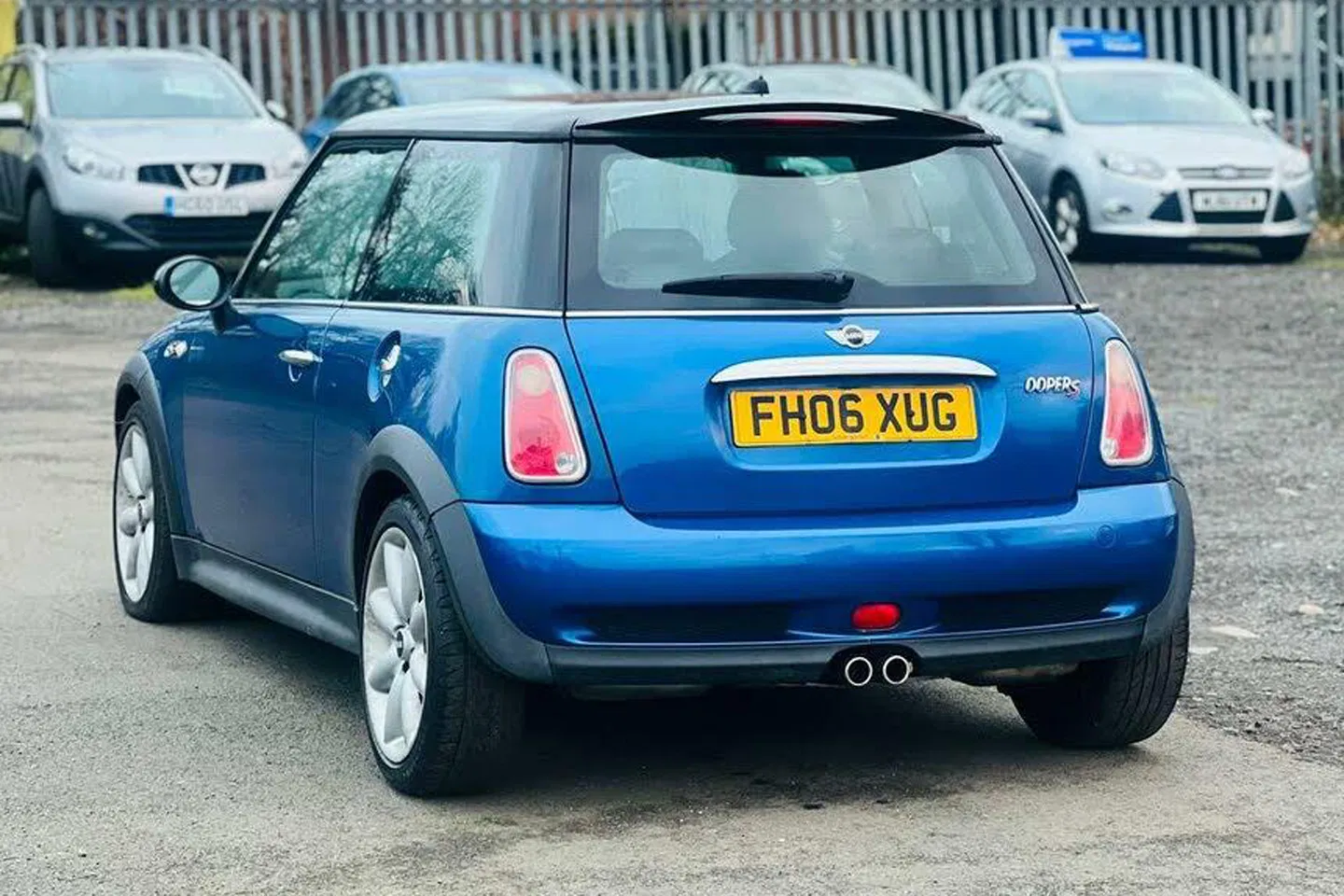
The Mini Cooper S (R53) is the performance version of the first-generation Mini Cooper, produced between 2002 and 2006. It represents a modern reinterpretation of the iconic Mini, which was originally launched by the British Motor Corporation (BMC) in the 1960s.
The R53 is particularly well-regarded among enthusiasts for its sharp handling, small size, and go-kart-like driving experience. It combines the classic Mini formula with modern performance and technology, making it one of the standout vehicles in the small car segment during its production years.
Also Read: Best 10 4×4 Cars to Drive in 2025 Offering Comfort and Off-Road Capability
3. Audi A4 Allroad
While the Audi S4 brought sporty performance to the A4, the Allroad introduced off-road capabilities to the mix. However, much like the S4, working on the Allroad can be quite a hassle.
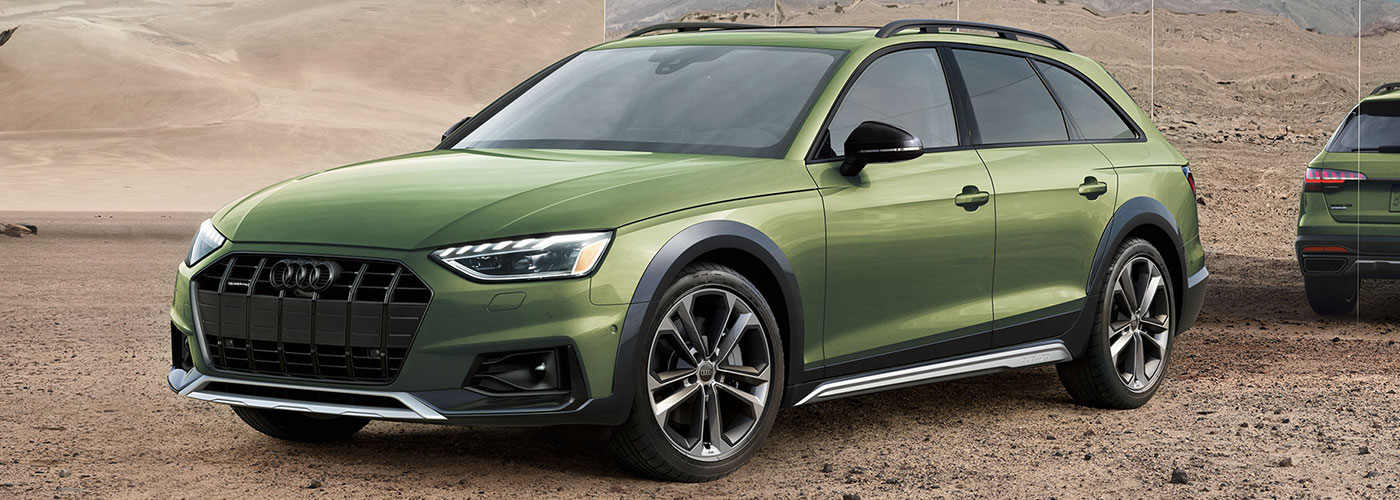
For instance, tasks such as changing the timing belt require removing the entire front end of the vehicle. Additionally, the more affordable Allroads are aging quickly and require meticulous maintenance to prevent frequent breakdowns.
The Audi A4 Allroad is a rugged and versatile variant of the regular Audi A4, combining the sporty handling of a sedan with the capability of an all-wheel-drive wagon.
Produced since 2009, the A4 Allroad is part of Audi’s family of “Allroad” vehicles, which are designed to provide an elevated ride height, off-road capability, and a more adventurous character than their standard sedan counterparts, without stepping into full-size SUV territory.
The Audi A4 Allroad typically offers a variety of engine options, with both turbocharged gasoline and diesel engines available in different markets.
The most common engine in recent models is a 2.0-liter turbocharged four-cylinder engine, which provides a balance of power and fuel efficiency. This engine delivers around 248 horsepower and 273 lb-ft of torque, enabling the A4 Allroad to accelerate from 0 to 60 mph in just over 6 seconds, depending on the specific model and configuration.
In addition to the gasoline engine, the A4 Allroad has occasionally been offered with diesel engine variants in certain regions, providing a more fuel-efficient option with torque-heavy performance that is ideal for both daily driving and long-distance cruising.
Power is sent to all four wheels via Audi’s Quattro all-wheel-drive system, which provides excellent traction and stability in various driving conditions, from rain-soaked streets to snow-covered roads.
4. Audi S4 (B5)
A true legend among European performance car enthusiasts, the B5 generation Audi S4 is an incredible performer and continues to be relatively affordable (although its value is starting to rise).
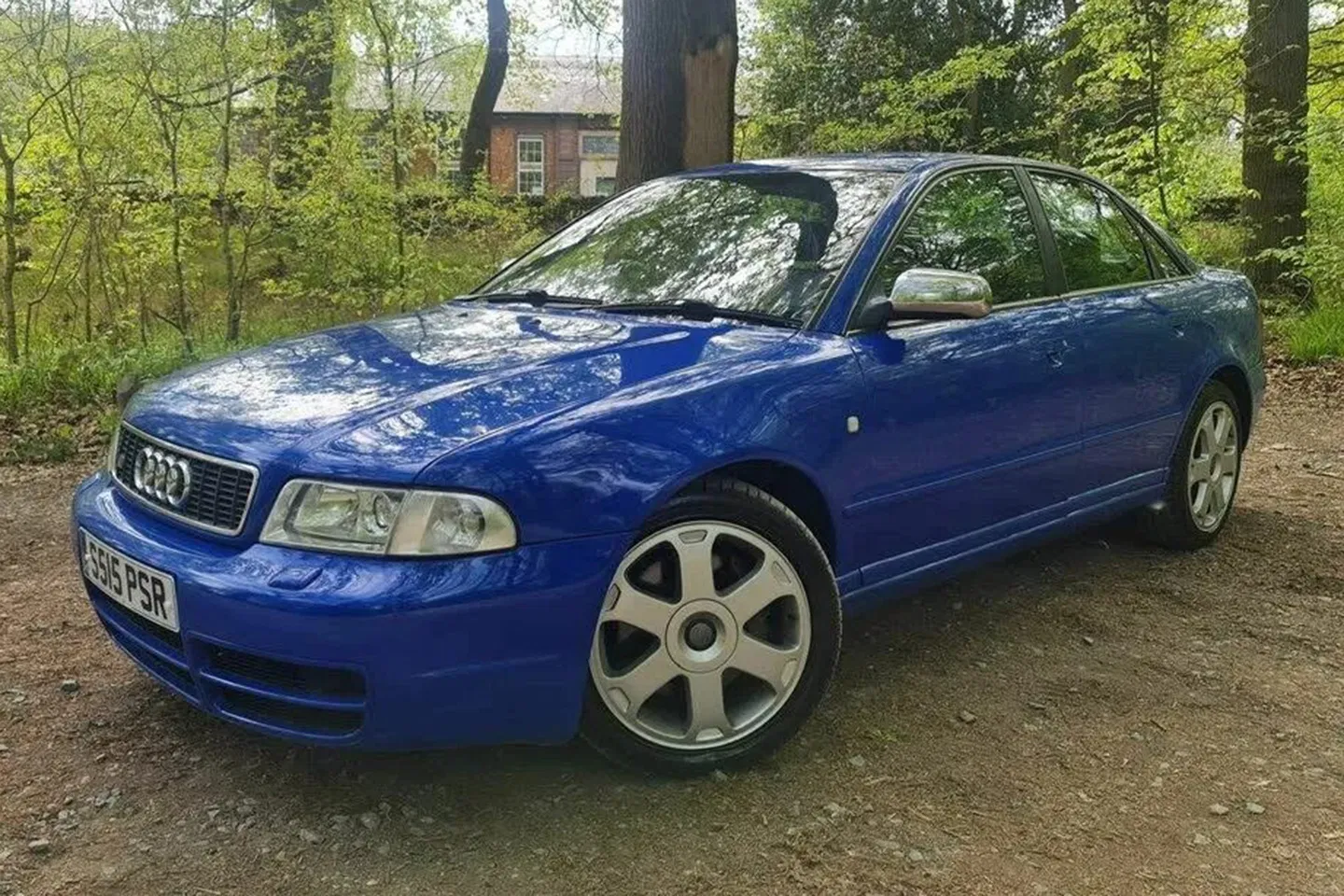
However, maintenance can quickly become costly. For one, the engine bay is extremely cramped, and if the vehicle’s maintenance schedule isn’t adhered to strictly, you’ll likely find yourself frequently trying to squeeze into that tight engine bay.
The Audi S4 (B5), produced from 1997 to 2002, is a high-performance version of the Audi A4 compact sedan. Part of Audi’s S-line of sportier models, the B5 S4 marked a significant leap in performance and luxury, setting the stage for future performance sedans from Audi.
It combines the practicality of the A4 with the added performance and enhanced features of the S series, offering a compelling option for enthusiasts and daily drivers alike.
The most notable feature of the Audi S4 (B5) is its turbocharged 2.7-liter V6 engine. This engine produces 250 horsepower and 258 lb-ft of torque, which was a significant upgrade over the standard A4’s naturally aspirated engines.
The engine is paired with Audi’s signature quattro all-wheel-drive system, which provides exceptional traction, stability, and handling, especially in adverse conditions.
The 2.7-liter twin-turbo V6 is widely regarded for its smoothness and power delivery. It’s mated to a six-speed manual transmission (a 5-speed automatic was available, but the manual is highly preferred for the driving experience).
This engine setup gives the S4 a 0-60 mph time of around 5.6 seconds, which was very fast for the time and still holds up as impressive in the modern era.
5. Toyota Celica All-Trac
A rally-inspired variant of Toyota’s iconic and long-lasting Celica sports car, the All-Trac introduces all-wheel drive (AWD) and rally performance to an already impressive sporty package.
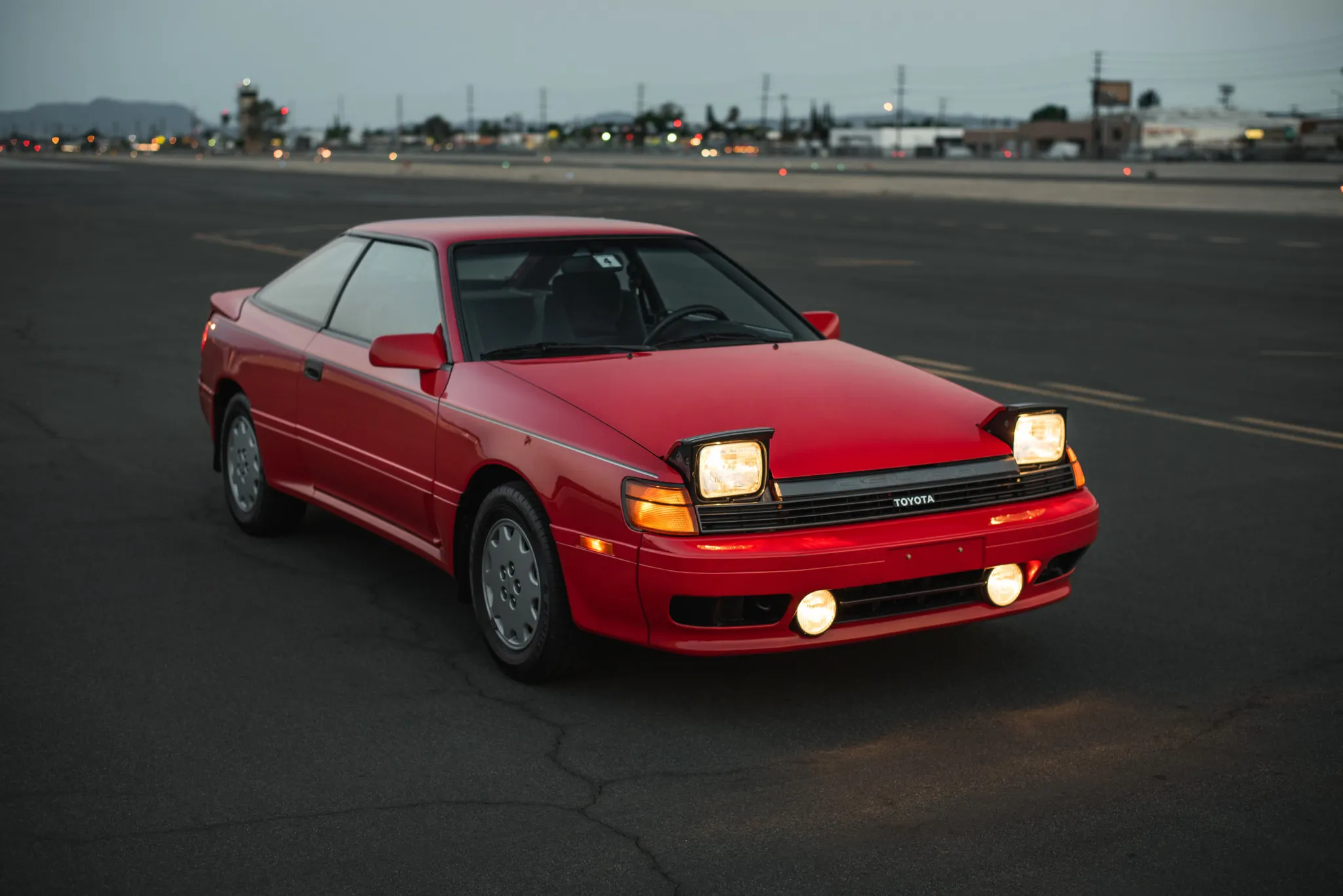
However, the added components make it more complex and challenging to repair. With a cramped engine bay and a cluttered underbody, these fun and affordable rally machines are often described as a complete nightmare to work on.
The Toyota Celica All-Trac was powered by a 2.0-liter turbocharged 4-cylinder engine, known as the 3S-GTE. This engine produced approximately 190 horsepower and 190 lb-ft of torque.
It was mated to a 5-speed manual transmission, with a full-time all-wheel-drive system, giving the car significant traction and stability, particularly in challenging weather conditions or on rougher surfaces.
This combination of power and drivetrain setup allowed the Celica All-Trac to accelerate from 0 to 60 mph in just over 7 seconds, which was considered fast for a car of its size and class at the time.
The turbocharged engine provided plenty of low-end torque, which enhanced the driving experience by delivering strong and responsive acceleration.
The All-Trac system was engineered to provide a balanced power distribution between the front and rear axles, ensuring excellent handling and stability.

